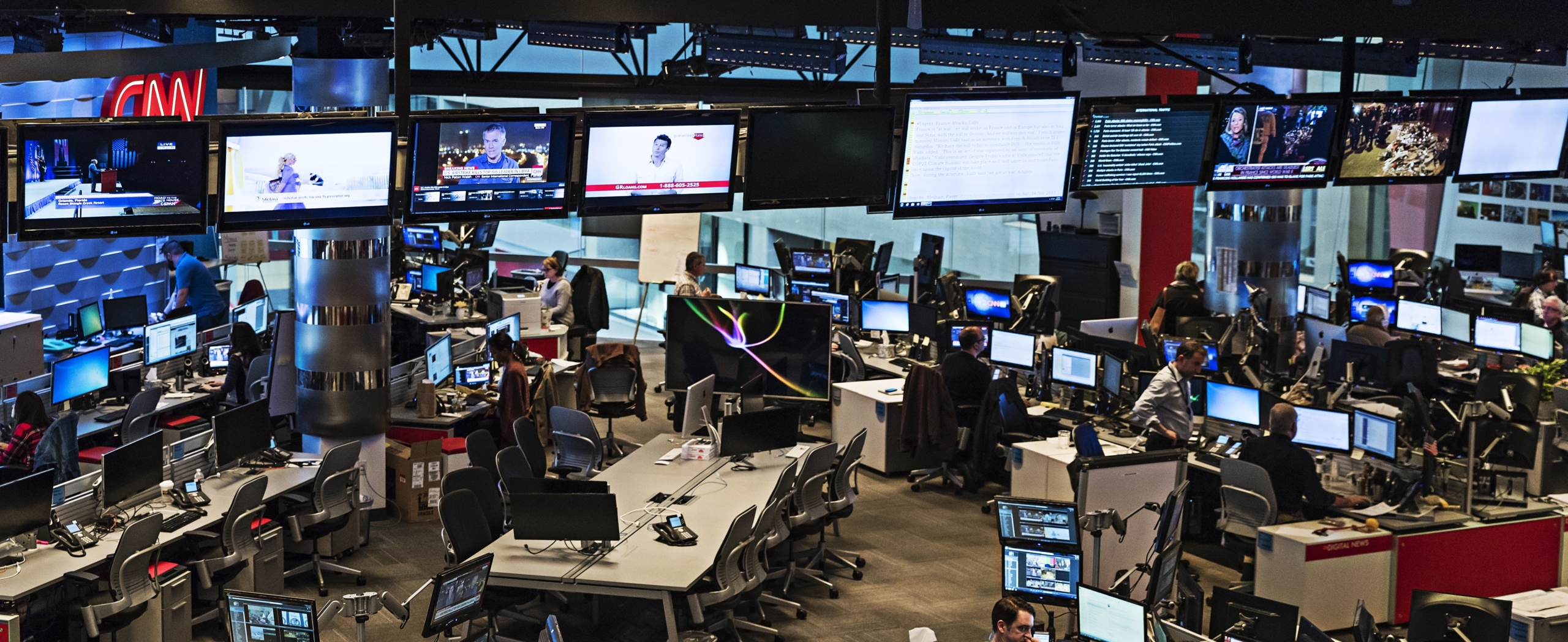Sign up for The Media Today, CJR’s daily newsletter.
This month we witnessed a violent rampage at the US Capitol. In the middle of the insurrection, CNN decided a political panel was the best means of following the unfolding catastrophe. As members of Congress were on lockdown, Anderson Cooper held court with political analysts Rick Santorum, David Axelrod, and Van Jones. They talked past the danger on the ground, and in doing so, they helped normalize the takeover of a federal institution.
In my experience, panel discussions oversimplify, provoke outrage, and allow unchecked opinion to dominate at the expense of fact-based reporting. But in reporting the issue, I found there are more nuanced and dangerous reasons that the format dominates the airwaves.
“The logic is this,” says Jay Rosen, a New York University journalism professor who has suggested scrapping the panel setup. “Reporting is difficult and expensive. Talking about the news is easy and cheap. When you have twenty-four hours to fill, you need an inexpensive and always available way to generate programming. The panel format accomplishes that, and allows for a ‘both sides’ treatment when a little conflict is called for.”
Cable news producers, says Norm Ornstein, a scholar at the American Enterprise Institute, also believe if they feature conservative guests, then that defends them against allegations of liberal bias. Thus, the further right the guests are, the better. It is, Ornstein says, “a noble but flawed idea” that has morphed into giving what he calls bad actors—guests whose aim is destruction of their enemies or a system—voices on air. This legitimizes them, he says, because the audience is likely to think, “They must not be evil; otherwise, how would they be on television?” And it helps the format descend into a kind of mud wrestling.
As Rosen tweeted in 2017 about Jeffrey Lord, a far-right Trumpist who was featured often on CNN: “The sit com styled from Lord’s punditry could have been called ‘C’mon Jeffrey!’ Which an exasperated Cooper did say quite often on air.”
Ornstein points out that this spreads far beyond CNN to virtually all of television news. “As much as I and Jay Rosen try to shame them,” he says, “they’re not going to change.” Why? “Because ratings is how they measure success.”
I know from my own experience, and from conversations on this topic in recent weeks with current and former cable news producers, that those making the decisions do understand the problems.
They get that their guests have to abandon nuance in panel discussions. But the pressure is to pick a few story lines and then resist going off-topic and losing the audience. That means filling a lot of airtime with one subject and little, if any, new information.
They’re also under a mysterious pressure to get more “boxes on the screen”—individual guests in isolated frames, Hollywood Squares–style. I have done it myself, and still have no idea why it’s supposed to be useful.
All of this is why, I was told, many producers are moving away from TV and toward podcasts, where they feel they have the time and space to be more considered. That is one small step. But, says Rosen, “Reckoning with the loss of trust and the rise in disgust brought by the panel method is neither easy nor cheap.”
The answer for me is, as always, expensive newsgathering. I suspect that the panel discussion as a cheap news gimmick helped drive the polarization and misinformation that fueled the assault on the Capitol. The actual cost of this simple format is one the public cannot afford: the loss of fully informed and civil conversation. As a new president commences his term, CNN can certainly do better.
Has America ever needed a media defender more than now? Help us by joining CJR today.



